I am currently investigating to use the sensor of an optical mouse for various applications in microfluidics, nanosensing or motion detection of microorganisms. first results look really promising.
Thanks to some instructions and protocolls found on these sites: "How to connect an optical mouse to an arduino" by Martijn The and "Optical Mouse Cam" using an arduino and connect it to your PC, by Bidouille.org. And thanks to Gaudi for inspiring me for some worm-on-a-mouse hacking. Also there is some great documentation in the Avago Datasheets.
The video shows a screen-capture of how i recorder the motion of a nematode using a hacked cheap optical mouse, 16x16 pixel.
at the moment, the students at FHNW, Life science Technologies, are looking how to use the optical mouse sensor to detect flow speeds in microfluidics channels. more info can be found on my micro/nano lecture's wiki.
So first things to do: replace LED with some RGB or UV for fluorescence detection, code a more decent data visualization, add a speaker...
From the Datasheet
Notes:
The ADNS-2610 is designed for optimal performance when used with the HLMP-ED80-xx000 (red LED 639 nm). For use with other LED colors (i.e., blue, green), please consult factory. When using alternate LEDs, there may also be performance degradation and additional eye safety considerations.
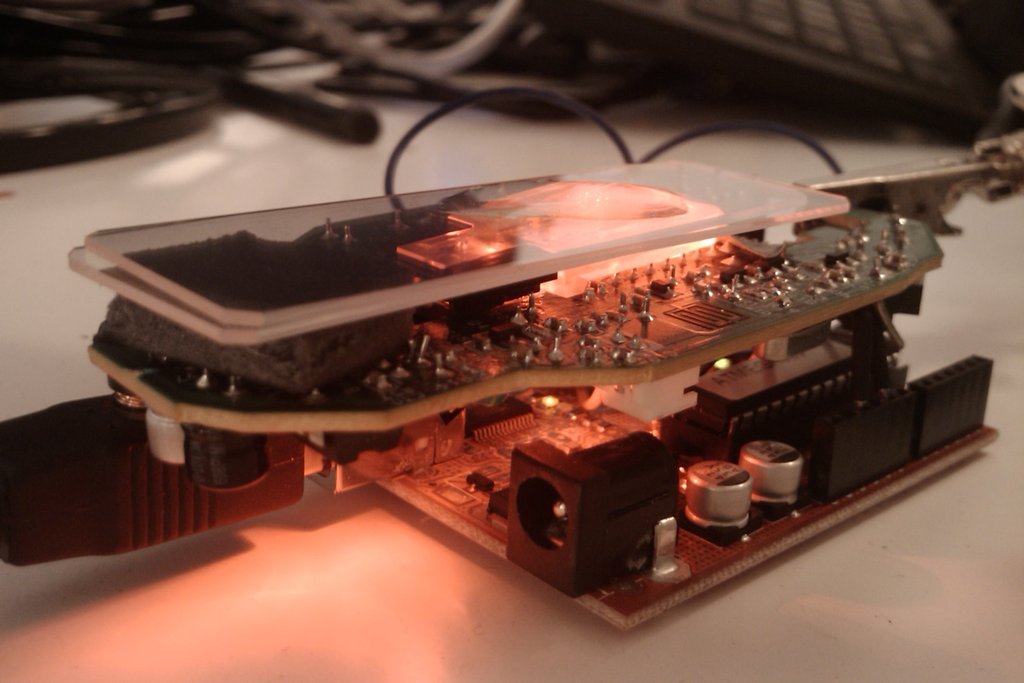
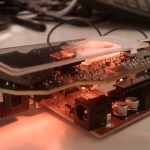
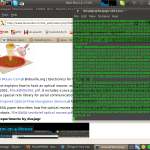
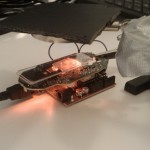
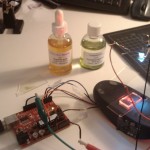
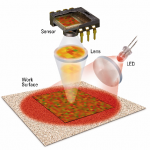
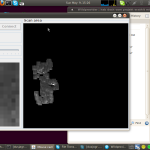

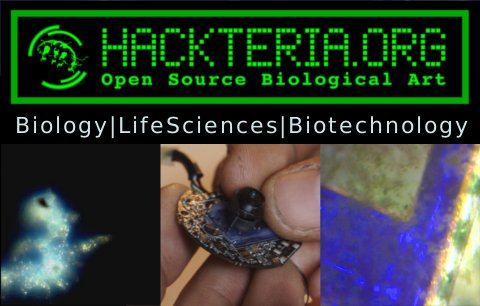





nnniiiiccceee. looking forward to trying this myself...